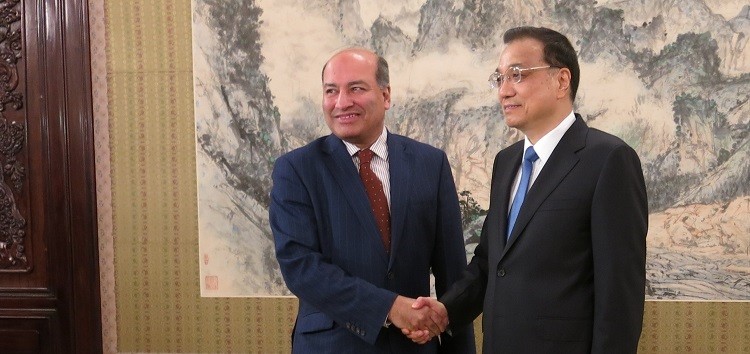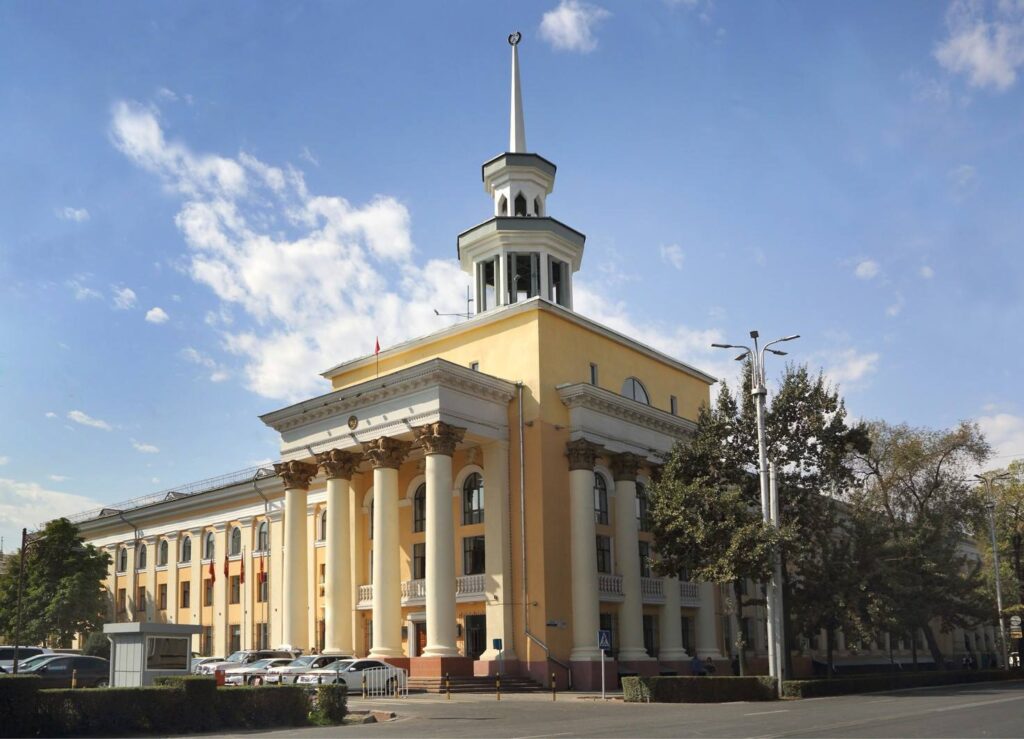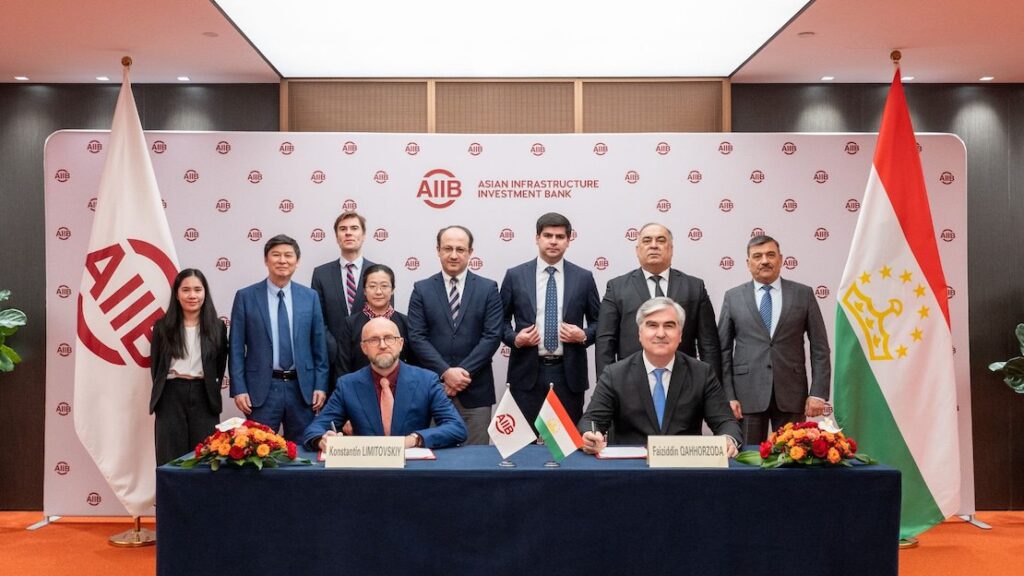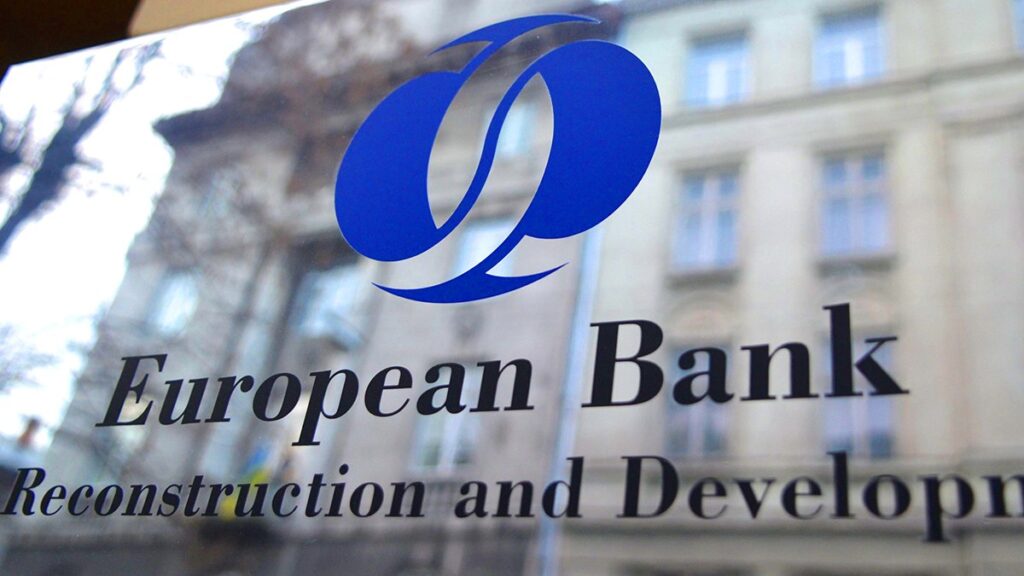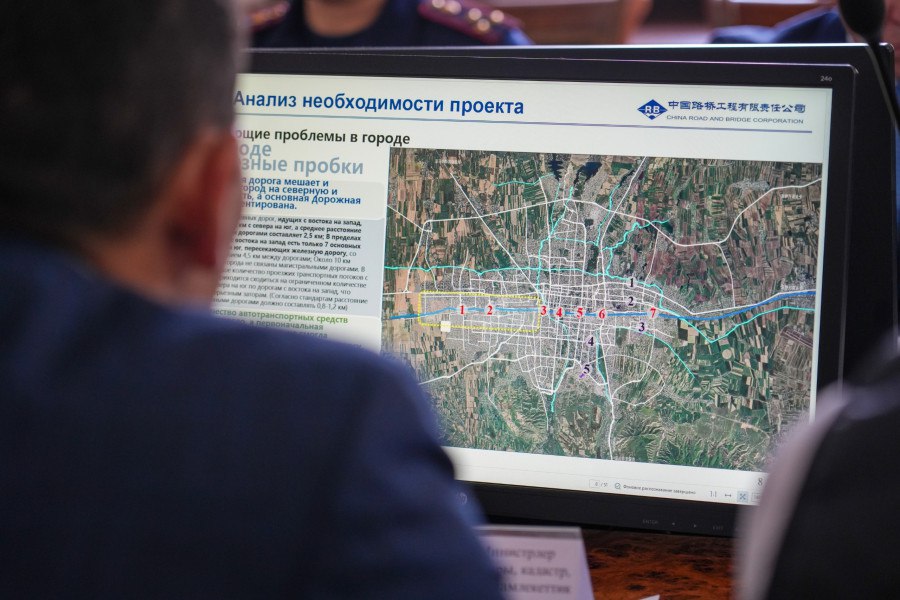BISHKEK (TCA) — China has become the 67th member of the European Bank for Reconstruction and Development. Following the completion of all the formalities, the announcement was made after a meeting between the EBRD President Sir Suma Chakrabarti and Chinese Premier Li Keqiang in Beijing on January 15, the EBRD press office said.
The EBRD’s existing shareholders agreed at the end of 2015 that China should become a member of the Bank.
President Chakrabarti said during his meeting with the Chinese Premier, “This is a very important step for the Bank, for the countries where the EBRD invests and also for China. We are opening up a new chapter of cooperation that will be of benefit to all parties.”
Sir Suma has described Chinese membership of the EBRD as a win-win-win scenario.
The EBRD will support Chinese companies as they invest in the EBRD regions. EBRD membership will also provide a boost to China’s “One Belt, One Road” initiative where it passes through EBRD countries of operations, he said.
The EBRD will benefit from having the world’s second largest economy as a shareholder and will have better access to Chinese firms that could be partners in the EBRD regions.
The economies in the EBRD regions will benefit, as China will become an important new source of investment finance for development in the countries where the EBRD is active.
During his visit to Beijing the EBRD President also held talks with China Vice Premier Ma Kai and Zhou Xiaochuan, the Governor of the People’s Bank of China and who will also be China’s Governor at the EBRD.
